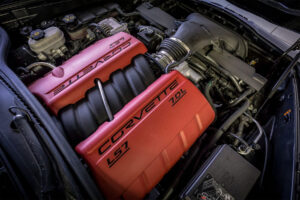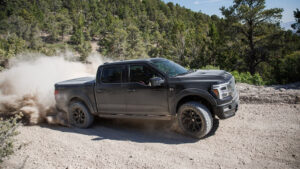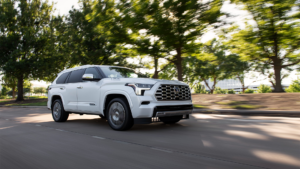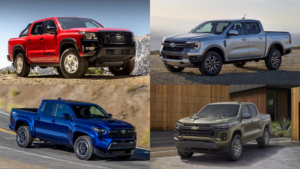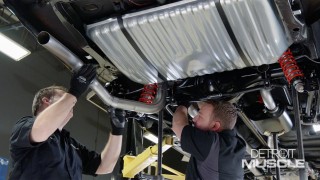The New 2022 Ford F-150 Lightning Has a “Frunk,” But Can it Tow?
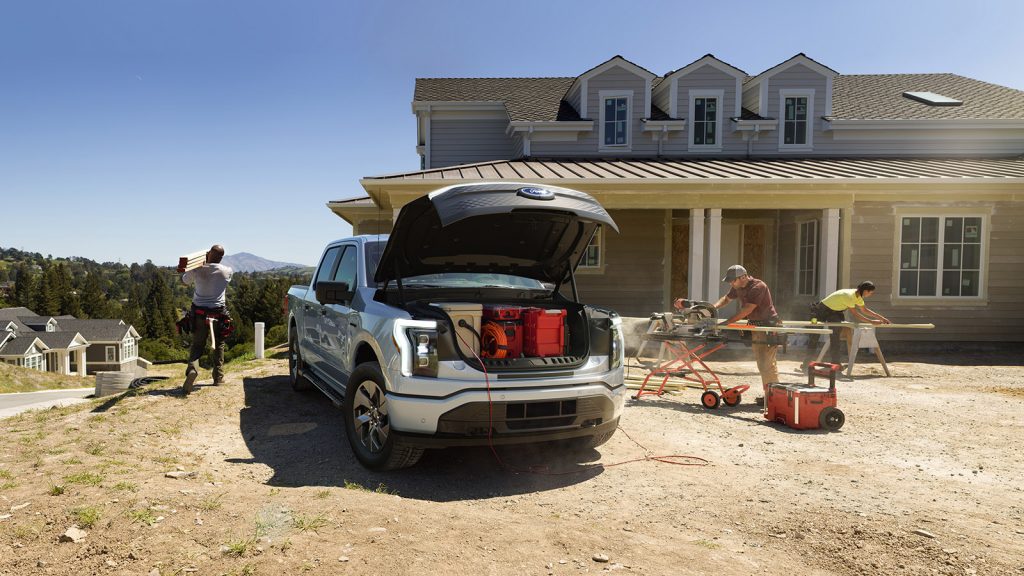
Alright, we admit, the “frunk” is pretty frunkin’ cool and not something we thought we’d ever see in a pickup truck. Admittedly, there have been several occasions when it’s raining and we’re trying to jam our monthly Costco purchase into the back of our extended-cab truck while cursing to high heaven wishing we had a trunk, so this idea isn’t too far-fetched, especially when it’s utilizing extra space.
Although we’re used to seeing a V8 under the hood of a truck that has the honor being called a Lightning, this electric powertrain provides some decent numbers. The new F-150 Lightning will deliver an impressive 563 horsepower and snap necks with its 775-pound-feet of torque. However, the truck isn’t designed for straight-line speed or hauling, but according to CNET, it should be a more than capable off-roader as well.
The “frunk” exists because of the obvious – there isn’t an internal-combustion powerplant between its front fenders. Instead of letting it go to waste, the engineers decided to use the space and convert it into a lockable, useful, and large weather-tight storage area. Ah, how nice that would be at Costco during the rainy season… Anyway, the storage is rather large. In fact, it’s bigger than the trunk of a Toyota Corolla, although that’s not too much to brag about.
The frunk is an ideal location to place messy or dirty items. The space has drain outlets, meaning it’s washable in case the sand from your beach towel gets everywhere or your muddy work boots leave a mark. You can hose it down if need be. It’s also a great area if you want to hide valuables.
Although there’s nothing wrong with the idea of an electric truck, you might be better off getting a Mach-E Mustang for cruising purposes and rely on gas-powered trucks for work until the technology improves. With that said, according to CNBC, Ford already has 20,000 reservations for its new Lightning pickup, demonstrating how much Ford enthusiasts trust their brand. #brandloyalty
We touched on the horsepower numbers above, but what we didn’t mention is that Ford rates it at 10,000 pounds towing capability. Although, one question remains: can it deliver on these promises? That’s one area where this technology isn’t proven, despite how far it’s come. This isn’t a knock on the new F-150 Lightning, it’s just an honest question, especially for those of us who don’t have a pavement princess.
Can the F-150 Lightning Tow?

Duh, it’s rated at 10,000 pounds and has 775-pound-feet of torque – but here’s where it gets dicey. For starters, no one here is knocking the new technology. We should always embrace change. Technological advances in our society have produced life-changing comforts we all embrace today, so no one is here to speak ill about it. However, we have to wonder, are they releasing this technology too early into its life cycle? Despite the 10,000 pound towing claim, how far can it go?
When you purchase a truck, you’re doing so for its durability, towing, and hauling capabilities. The target range of the new Lightning is 230 to 300 miles, wholly dependent on the version you purchase and without a trailer. Despite Ford’s claim, they’ve failed to mention how the range will decrease when hauling or towing, which again, is mostly why people purchase trucks. It might be an anxiety-filled trip to the lake if they haven’t been set up with charging stations.
That’s one question Ford hasn’t been willing to address. Both Vice and Jalopnik reached out for comment and received a “non-answer.” There haven’t been any specifications shared about the vehicles towing or hauling range, but the truck will be equipped with “Intelligent Range,” which predicts range with factors that include towing information, payload, and weather so the person knows how many miles they have left before needing a charge.
Ford understands that decreased range while towing will cause problems for the driver. This is why the Lightning will be equipped with Intelligent Range, but this does pose a unique challenge for the new technology. The truck is hefty – weighing in at over three tons – and increasing the weight the motors need to push the truck and its trailer behind it will require immense power.
While weight is one issue, aerodynamics is another, and this is on the mind of EV developers globally. Designing this truck to tow presents unique challenges because batteries are already heavy, and using a larger battery to increase towing range adds more weight and cost. A standard V8 weighs anywhere from 400 to 800 pounds, and coming equipped with a 26-gallon gas tank adds another 156 pounds. This is significantly less than the 1,800-pound battery.
A real-world test conducted with a Tesla Model 3 found that towing a 750-pound trailer caused a 40 percent range loss, which is substantial considering that’s not too much weight.
For now, we have to marvel at the latest technology and acclimate to the changes. With time, engineers will hone in on the technology and improve it, and it’ll be similar when we compare the first combustion engine car with one from today. It’s common to resist change. For example, Formula One fans weren’t thrilled with the cars getting stripped of their famous V12’s, but they’ve adapted and racing is better than ever.
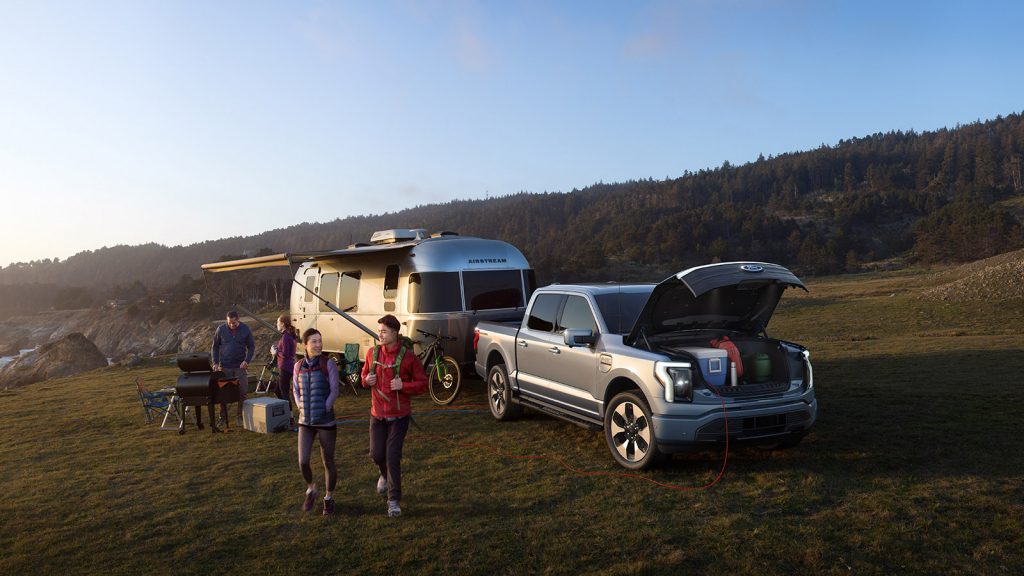
Want to read more articles like this?
Join the PowerNation Email NewsletterRead More from PowerNation
- Chapters
- descriptions off, selected
- captions off, selected
This is a modal window.

